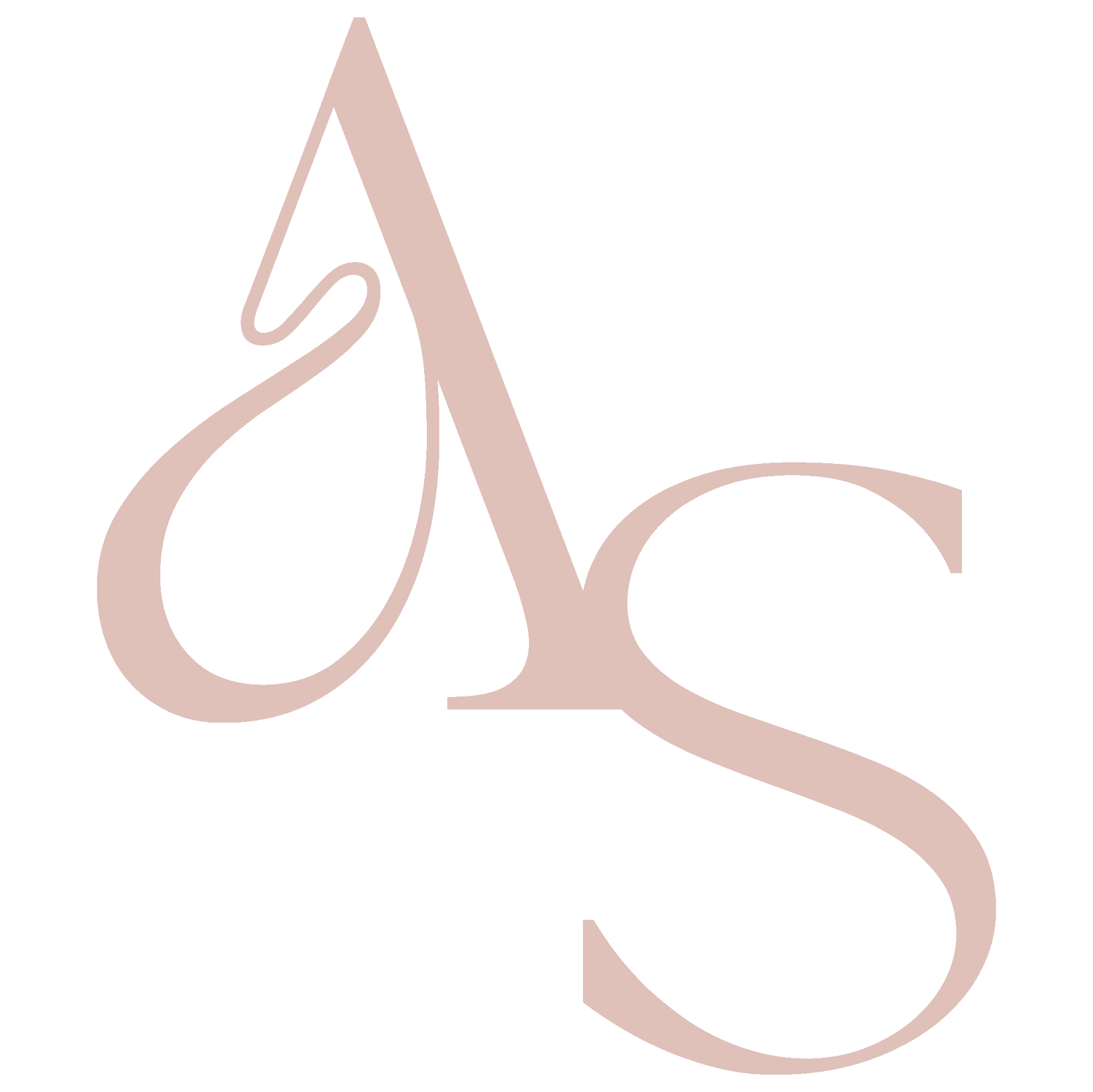Photography and AI?
AI tools have been out to the public long enough that at this point, I think it’s safe to say, it’s here to stay. And it’s being used in everything from transportation to retail.
Many have had mixed thoughts regarding its use in the professional and commercial world, and I wanted to share my views, as a professional photographer going on 14 years. I must say, I took so long to write this because at its initial release, I was nervous about how it would impact the photography world, my business, and all creative fields. But read on for more details on that.
So what options are there in the AI world?
As of right now in 2024, you can use sources like ChatGPT to communicate, summarize, create itineraries, and make recommendations all based on your initial input. You can use programs like DALL-E3 and Midjourney to create completely new images.
There are AI using resume builders, customer service features, automating messages, even food/store delivery services! It’s crazy to think about how fast this technology has grown within just the last 3 YEARS!
But now that AI is incorporated into more and more of the programs we use every day, like Photoshop, Meta, Canva, and more, should we be using it? And how so? I think it’s important to note that technology will continue advancing either way - so in my personal opinion, yes - it’s best to suit up and just make use of it and stay on top. It’s the HOW that matters.
In the photography world, we typically have a good eye for what is “real” and what isn’t. However, there becomes a gray area when using ai within a real photo. I believe, as long as you use Adobe's ai tools correctly, you can add to your image while not completely distorting reality. While creating new art from AI is a cool element of what you can do, I do believe it’s best to specify when something is all ai, or super obviously uses ai elements. This helps keep realistic expectations for photoshoots and life as a whole. And when you use AI in a regular image, I think it should be done in a manner that could be real.
For example, a recent editing job I received, was to change the backdrop from a maternity session photo. The lady was laying in a fabric material held up above her, with her back on a chair for safety, with her husband holding her, to seem as if she were floating.
The idea was to look like she was hanging from the fabric. Now they could have had her actually hang with a strong enough fabric - but in order to make this photo in the safest way, we used Photoshop’s generative fill feature, to remove the chair under her, to fill in the space where it was, and to add an additional curtain backdrop look behind. All in all, the final image looks beautiful, and the concept is still real.
There are many examples of how we can use AI within our workflow to help our work in addition to actual editing. As photographers, we can continue to be creative, and see AI as a tool, not as a competitor. So use it RIGHT, to make the most of it in your career!
Here are just a few ideas you can use AI to help with, as a photographer or someone in a creative industry:
-Set a social media posting schedule
-Get location ideas with specific looks to shoot near you
-Set a schedule for retouching/emails/meetings based on office hours
-Generate helpful email content for your clients (like birthday messages, information regarding their session, or current promos)
-Cull images using software such as Aftershoot
And that’s just the beginning!
Remember that everything you send or share should first and foremost be from you, so before sending anything out, make sure to verify the content, and make changes to it if needed. Your clients will value knowing it’s still coming from you and has that personal touch - after all, don’t we all prefer talking to humans?
Questions or thoughts about AI? Feel free to leave a comment.
